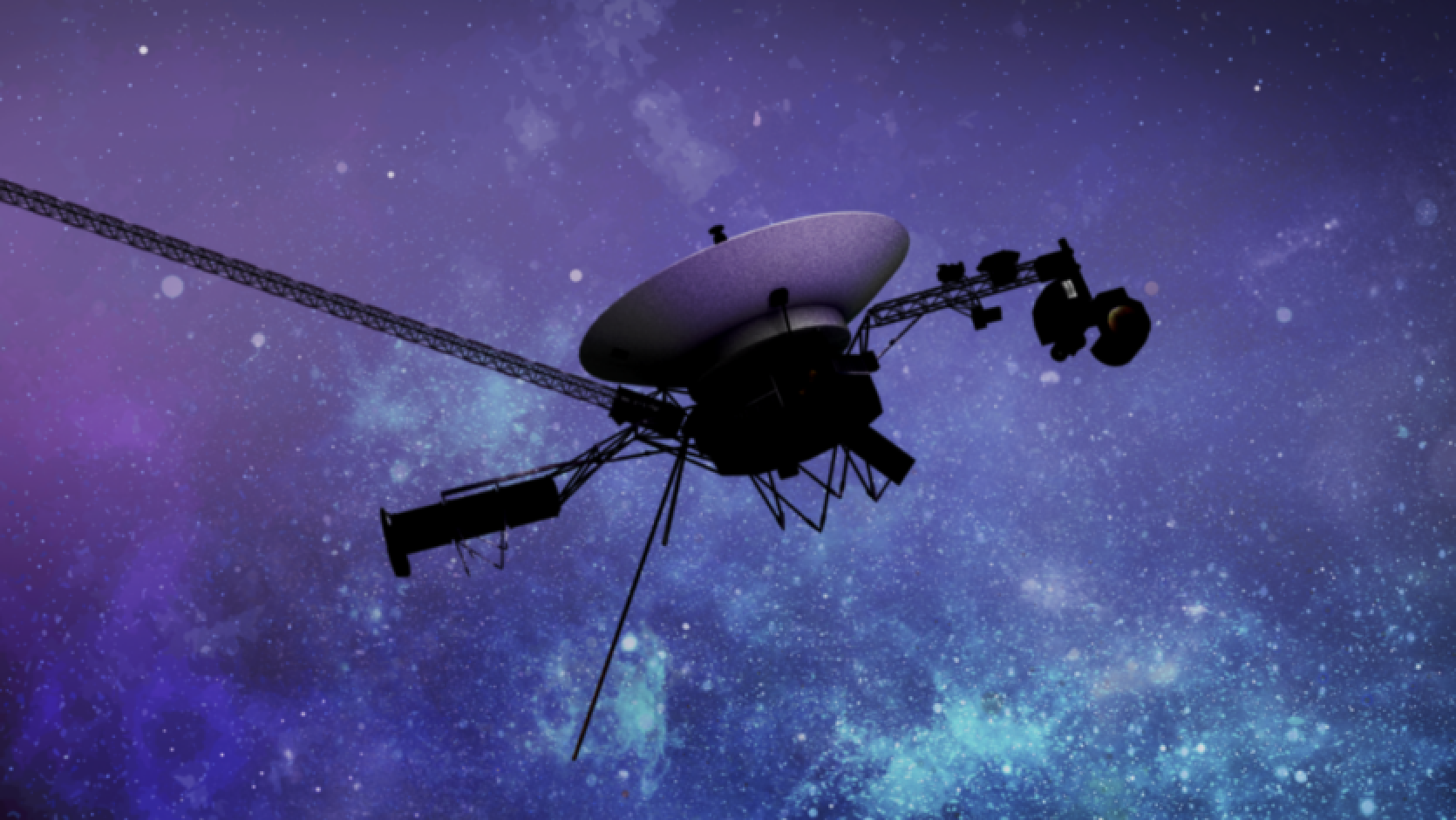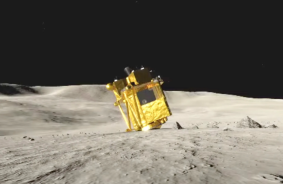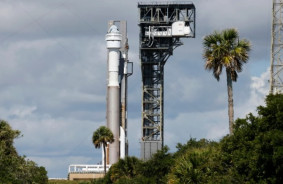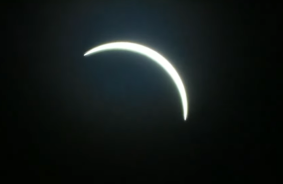A month ago, it was believed that the 46-year-old space probe was "lost" due to a memory error. In fact, there was communication with the spacecraft, but it was meaningless - its messages were in gibberish.
In early March, the spacecraft "Voyager-1" sent a different signal that could potentially help restart the mission. Engineers at NASA's Jet Propulsion Laboratory are studying the differences in the latest and previous messages to find out why the spacecraft has been sending "unreadable" data in recent months.
As reported by NASA, "Voyager-1" sent new data in response to a pre-sent command that "gently" suggests to the Flight Data System (FDS) onboard system to "try out different sequences in its software package in case the problem can be bypassed by avoiding damaged sections".
The FDS collects data from the scientific instruments of "Voyager" as well as engineering data about the condition of the spacecraft, combining them into a single package that is transmitted to Earth through one of the probe's subsystems - the Telemetry Modulation Unit (TMU) - in binary code. The team suspects that the anomaly with the "gibberish" could be related to issues between the FDS and TMU in communicating with each other, resulting in the telemetry module block sending data in a repeating pattern of ones and zeros.
"Voyager-1" was launched in 1977, less than a month after its twin probe "Voyager-2" began its own journey into space. In August 2012, "Voyager-1" entered interstellar space, becoming the first spacecraft to leave the heliosphere.
"Voyager-1" is currently located 24.4 billion km away from Earth and is traveling at a speed of 61,155 km/h. Considering the distance, it now takes about 2 days to send or receive a message from the spacecraft.
"Using this information to develop a potential solution and trying to implement it will take time," the agency says.














Comments (0)
There are no comments for now